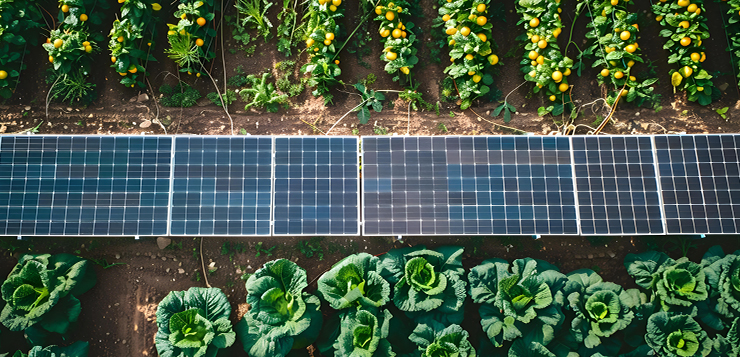
Net Zero plan: India is vigorously striving not only to cut greenhouse gas emissions but also to improve the quality of life for its people. Its diverse topography and ecosystems render it especially susceptible to calamities triggered by climate change. The blistering heatwaves of May and June 2024, among the hottest on record, underscore the urgency of the situation. Ranked as the 7th most climate-affected nation by the Global Climate Risk Index 2021, India’s imperative is clear – it must fortify its climate resilience.
From 2010 to 2015, China outpaced other countries in announcing climate policies, yet India emerged as the leader in subsequent years. India’s robust climate policy framework includes landmark initiatives such as the Energy Conservation Act of 2001, amended in 2022 to mandate non-fossil energy sources and establish energy efficiency standards for buildings and vehicles. The National Action Plan on Climate Change (NAPCC), launched in 2008, drives ecological sustainability through missions like the National Solar Mission and the National Mission for Sustainable Agriculture. By 2023, the National Solar Mission had achieved over 50 GW of solar power capacity, a significant stride toward the 100 GW target, though still 32 GW short.
